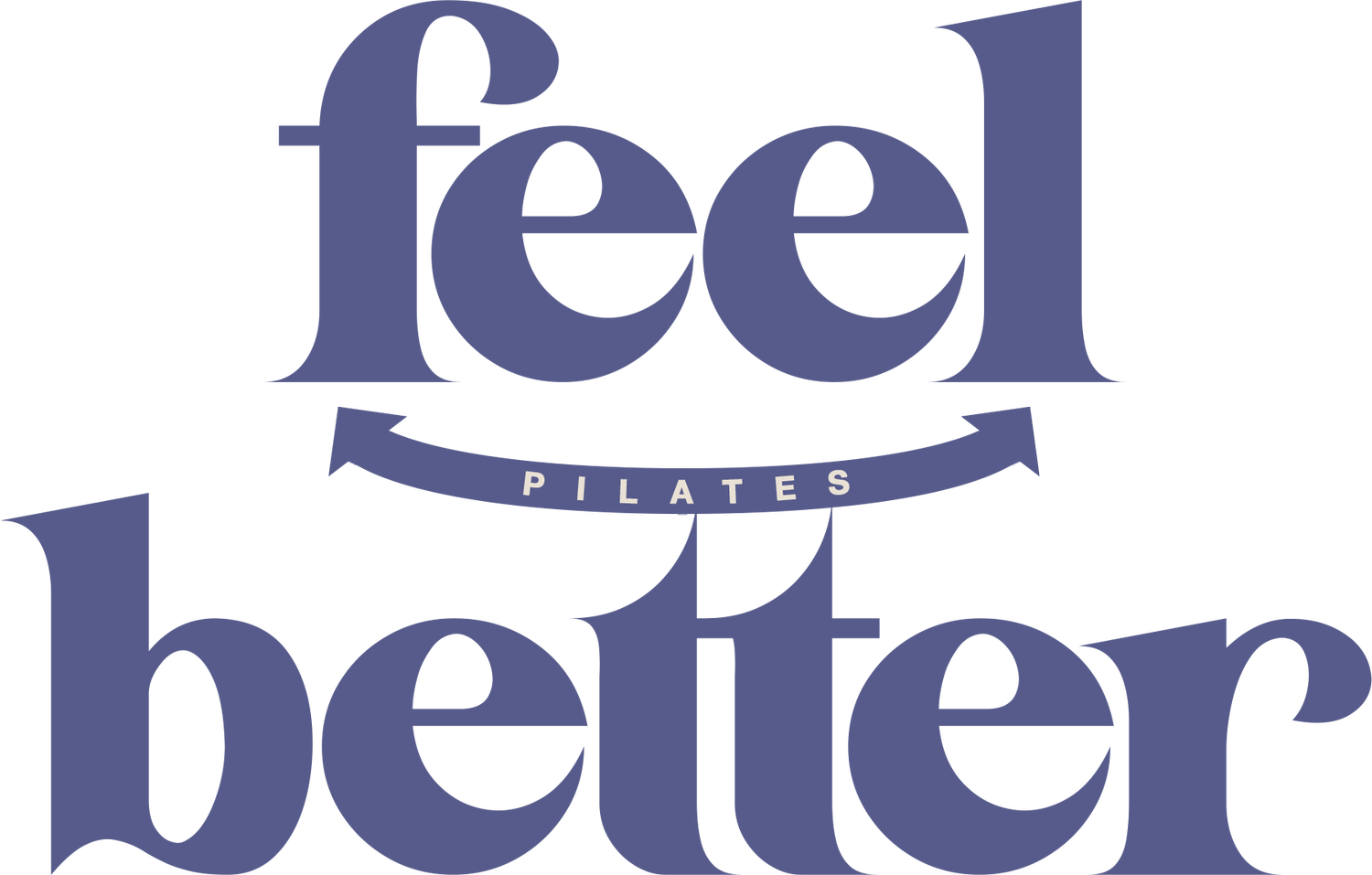Pregnancy & movement: what the Australian Guidelines actually say
At Feel Better Pilates, we believe in helping people feel confident, informed, and supported in every chapter of life - including pregnancy.
Unfortunately, when it comes to exercise during pregnancy, misinformation is everywhere. It’s easy to feel overwhelmed, confused, or even fearful about what’s “safe” - especially when you hear conflicting advice from social media, blogs, or even well-meaning friends.
So let’s get clear on what the Australian Government’s Department of Health actually recommends.
Movement in pregnancy: the official guidelines
If you and your baby are healthy and your pregnancy is without complication, being physically active during pregnancy is not only safe - it’s recommended. According to the Physical Activity and Exercise During Pregnancy Guidelines:
You should aim to be active on most, preferably all, days
Try to accumulate 2.5 to 5 hours of moderate-intensity activity per week, or 1.25 to 2.5 hours of vigorous activity if that’s already part of your routine
Include muscle-strengthening activities at least 2 days per week
Be mindful of overheating and changing balance as pregnancy progresses
Avoid activities with a high risk of falling or impact - otherwise, most movement is fair game
If you were exercising regularly before pregnancy, you can usually keep going with what you were doing (with tweaks if needed). If you’re new to exercise, it’s totally okay to start gently and build up over time. As always, it’s smart to check in with your healthcare provider to make sure you're good to go.
What about supine (lying on your back) Exercises?
You may have heard that lying on your back after the first trimester is a no-go, but this advice is often misunderstood.
The Australian guidelines state that supine exercise is safe up to around 28 weeks if it still feels comfortable. After that, you should modify by using a wedge or move to side-lying options - but comfort is the key signal. There’s no need to panic if you roll onto your back during class or in bed.
And core work? Is it safe?
Yes. Absolutely.
There’s a lot of fear-based messaging around abdominal work in pregnancy, especially when it comes to diastasis recti abdominis (DRA), or abdominal separation.
Let’s set the record straight:
DRA is normal - most people who are pregnant will experience some level of abdominal separation.
It is not caused by specific exercises (like crunches or planks).
It is caused by being pregnant and by normal, natural adaptations the body makes to create space for your growing baby.
A well-supported core can actually help reduce discomfort, support your pelvis and spine, and make postnatal recovery smoother.
What matters is how you feel.
At Feel Better Pilates, we offer options - not restrictions. We help you explore movement with load management, spinal variability, and lots of support, without making you feel like your body is fragile or broken.
Final word: YOU know your body best
Every pregnancy is different. But what remains true across the board is this: you deserve to feel safe, informed, and supported in movement. You are allowed to trust yourself - and find joy in the ways you move. We know the guidelines, but you know YOU! So as soon as you’re not feeling good about anything that is happening in class just let us know so we can adapt what we’re doing to help you continue enjoy moving. And it’s allowed to change day to day - pregnancy is a wild time!
We’ll never fear-monger, push rules, or treat you like you’re breakable.
Instead, we’ll guide you with evidence, kindness, and a whole lot of respect for what your body is doing.
Want to learn more?
You can access the full Australian Government Guidelines here:
Physical Activity and Exercise During Pregnancy Brochure (PDF)
Or come have a chat with us in-studio - we’re always happy to talk through what’s possible.
